The art of sailing against the wind, known as beating or tacking, is one of the most fascinating aspects of sailing. Unlike downwind sailing, where the wind pushes the boat forward, upwind sailing requires a deep understanding of aerodynamics, sail trim, and the delicate balance between angle and power. For centuries, sailors have refined techniques to harness the wind’s energy even when it seems to be working against them. The key lies in the concept of the angle of attack, a critical factor that determines whether a sailboat can make progress upwind or stall in the water.
When a sailboat sails into the wind, it cannot head directly into the oncoming breeze. Instead, it must sail at an angle, typically between 30 to 45 degrees off the wind’s direction, depending on the boat’s design and sail configuration. This angle is referred to as the close-hauled or upwind angle. The sails act like airfoils, generating lift much like an airplane wing. The wind flowing over the curved surface of the sail creates a pressure difference—lower pressure on the windward side and higher pressure on the leeward side—propelling the boat forward despite the apparent headwind.
The efficiency of this process depends heavily on the sail’s angle of attack, which is the angle between the sail’s chord line and the apparent wind direction. If the angle is too steep, the sail stalls, losing lift and causing the boat to slow down or even stop. If the angle is too shallow, the sail doesn’t generate enough lift to drive the boat forward effectively. Skilled sailors constantly adjust their sails and heading to maintain the optimal angle of attack, a dance between power and precision that separates novices from seasoned sailors.
Modern sailboats, particularly racing yachts, are designed with highly efficient sail plans and hull shapes to maximize upwind performance. Advances in materials and sail technology have allowed for lighter, more responsive sails that can hold their shape better in varying wind conditions. Additionally, the use of daggerboards or centerboards helps minimize sideways drift (leeway), ensuring that more of the sail’s force is converted into forward motion rather than lateral movement. These innovations have pushed the boundaries of how close a boat can sail to the wind while maintaining speed.
Despite technological advancements, the human element remains crucial. Sailors must read wind shifts, adjust for waves, and make split-second decisions to optimize their course. Racing crews, in particular, train extensively to perfect their tacking maneuvers—quickly changing direction from one close-hauled angle to another—without losing momentum. Each tack requires precise coordination, as even a slight delay or error can result in significant speed loss, especially in competitive sailing where every second counts.
The physics behind upwind sailing is a testament to human ingenuity in harnessing natural forces. By understanding and manipulating the angle of attack, sailors turn what seems like an impossible task—sailing against the wind—into a thrilling and strategic endeavor. Whether for leisure or competition, mastering this skill is a hallmark of a true sailor, blending science, intuition, and sheer determination to conquer the elements.
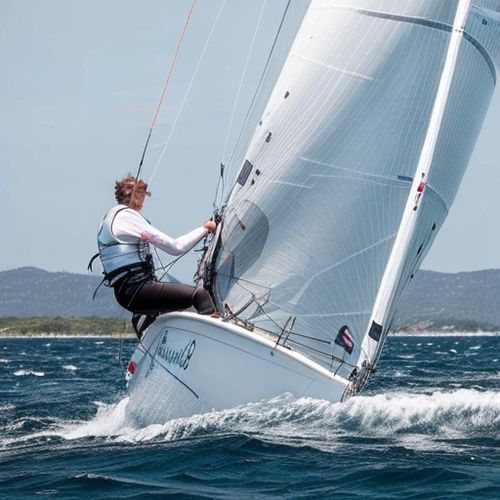
By Elizabeth Taylor/May 9, 2025
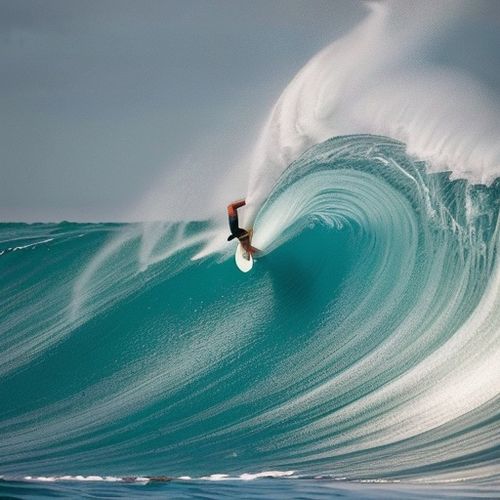
By David Anderson/May 9, 2025

By Amanda Phillips/May 9, 2025

By Victoria Gonzalez/May 9, 2025
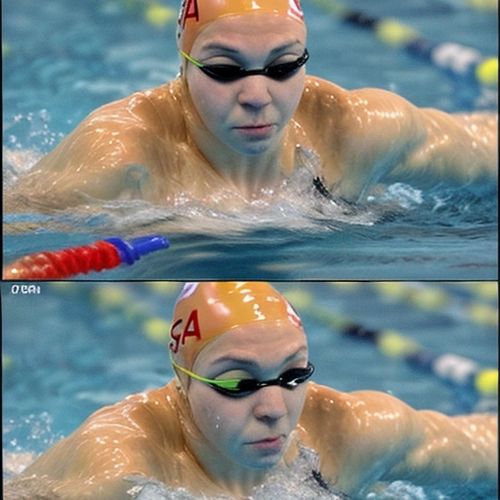
By Rebecca Stewart/May 9, 2025

By Michael Brown/May 9, 2025

By William Miller/May 9, 2025
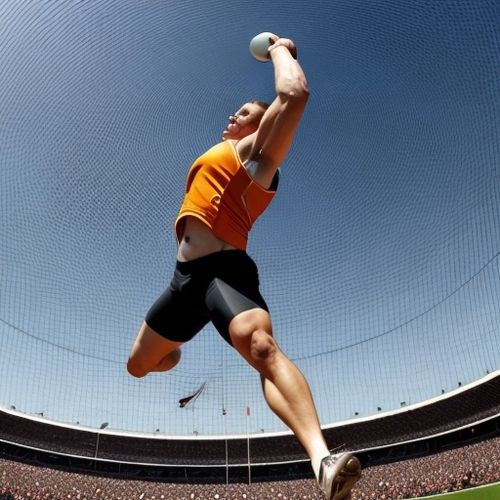
By James Moore/May 9, 2025

By Christopher Harris/May 9, 2025

By George Bailey/May 9, 2025

By John Smith/May 9, 2025

By John Smith/May 9, 2025

By Samuel Cooper/May 9, 2025
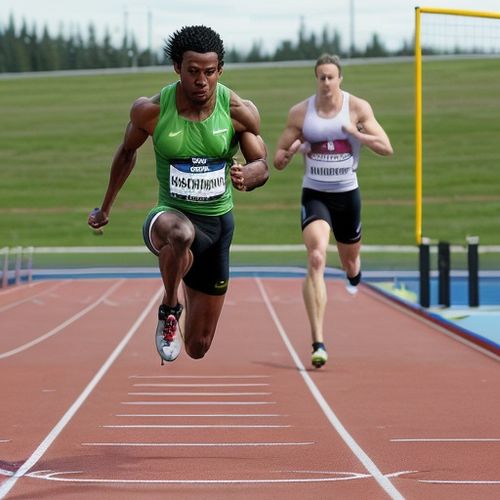
By Christopher Harris/May 9, 2025

By Megan Clark/May 9, 2025
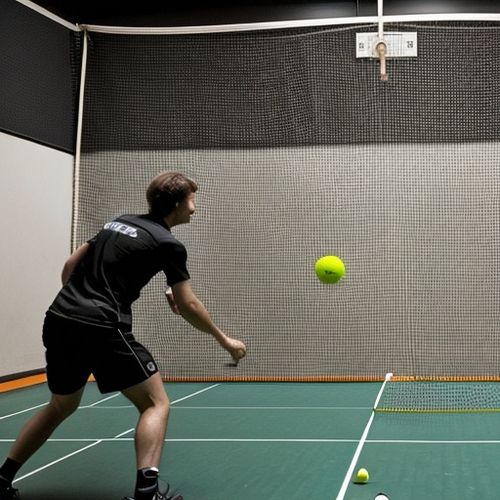
By Victoria Gonzalez/May 9, 2025

By William Miller/May 9, 2025
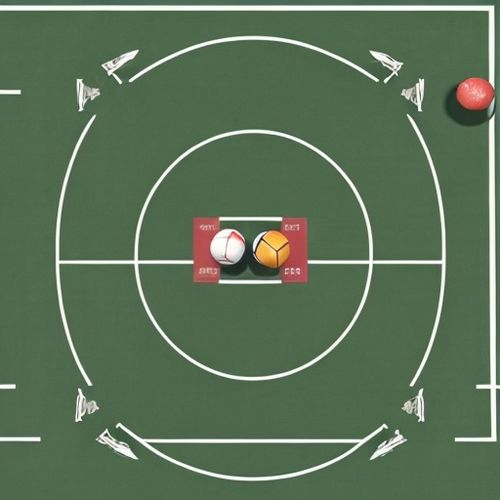
By Natalie Campbell/May 9, 2025
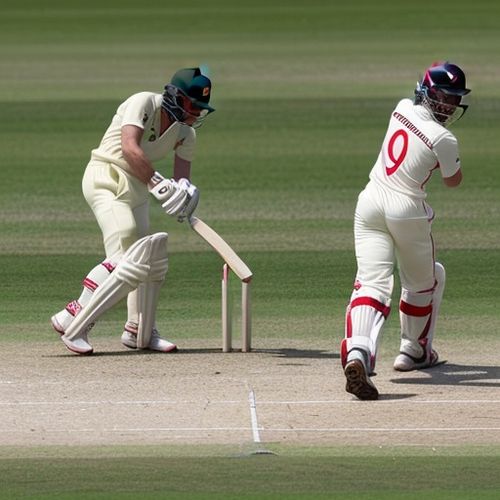
By Megan Clark/May 9, 2025
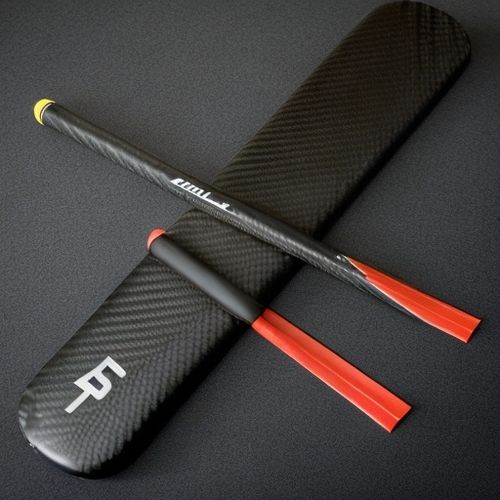
By Michael Brown/May 9, 2025